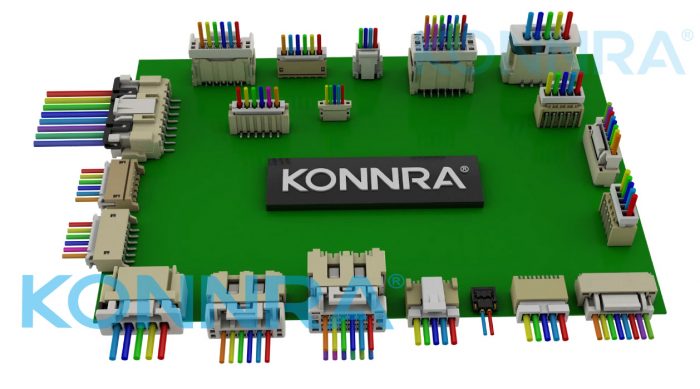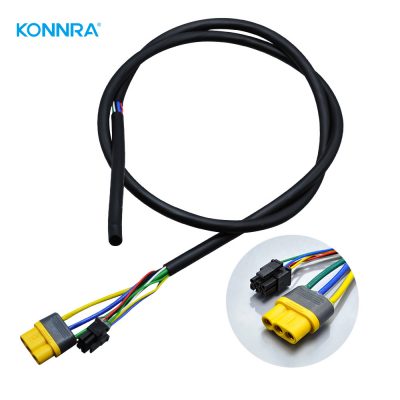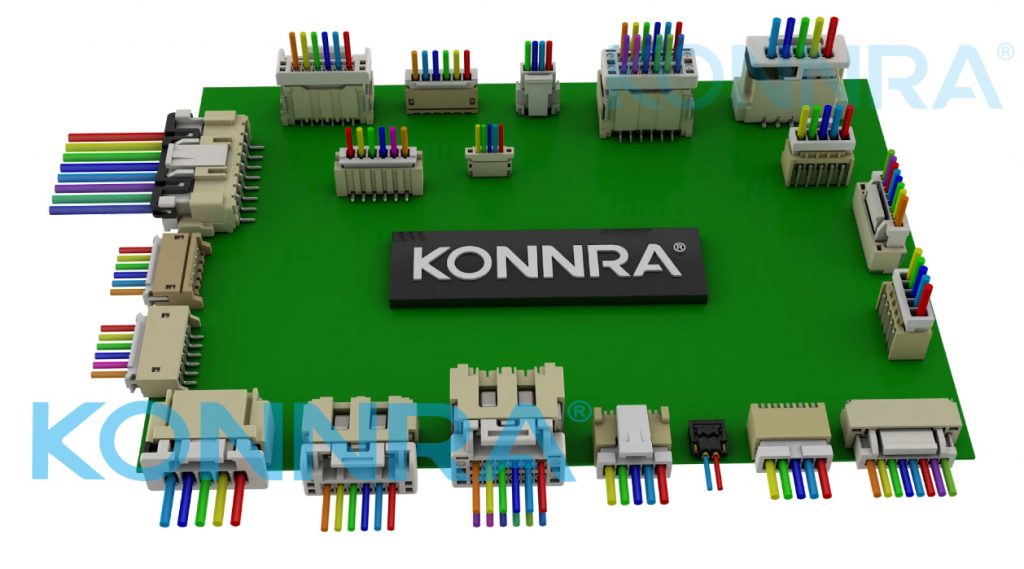A connector is a device that can connect two active devices and is widely used in communications, automobiles, consumer electronics, industrial control and other fields. The male head and the female head of the connector refer to the two forms of the connector. Generally, the protruding one is the male head and the recessed one is the female head. The difference between male and female connectors mainly lies in the structure and contact method. Only by correctly distinguishing between male and female connectors can the normal operation and safety of the connector be ensured. This article will introduce how to distinguish the male and female heads of the connector from the following three aspects.
-Appearance differences.
– Mark differences.
-Differences in internal structure.
- Appearance differences.
Appearance differences are one of the most intuitive ways to tell the difference. The gender of a connector can usually be determined by looking at and touching its appearance. Generally speaking, male connectors have a protruding shape with metal prongs or plugs that insert into holes or sockets in the female connector. Female connectors are recessed in shape with metal holes or sockets that receive the pins or plugs of the male connector. For example, the male end of a USB connector is a plug with four prongs, and the female end is a socket with four holes. As another example, the male connector of a wire-to-board connector is a plastic shell at the wire end, and the female connector is a pin header with a Pin Header

- Mark the differences.
Marking distinctions is another common method of differentiation. Some connectors may have markings on the housing, such as “F” for female connectors and “M” for male connectors, or a graphic representation. These markings can help users quickly identify the gender of a connector and avoid incorrect connections. For example, a wire-to-board, wire-to-wire connector may have a male connector and a female connector, marked “M” on the male connector and “F” on the female connector.
- Differences in internal structure.
Internal structural differences are a special case of differentiation. The internal structure of the male and female connectors of some connectors is also different. These differences may affect connector functionality and performance. For example, the number and arrangement of pins on the male and female headers of a DVI connector are different. The male connector has 24+1 or 24+5 pins, and the female connector has 24+1 or 24+5 holes. The combination of these pins and holes determines the type of connector and how the signal is transmitted. As another example, the male and female contacts of an SMA connector are different. The male contact is the center pin and the female contact is the center hole. The shape and size of these contacts affects the connector’s impedance and frequency. within the range. 4 Conclusion

The male head and the female head of the connector refer to the two forms of the connector. Generally, the protruding one is the male head and the recessed one is the female head. The difference between male and female connectors mainly lies in the structure and contact method. Only by correctly distinguishing between male and female connectors can the normal operation and safety of the connector be ensured. Three methods for distinguishing male and female connectors are introduced, namely differences in appearance, differences in marking and differences in internal structure. Hope it helps readers.










